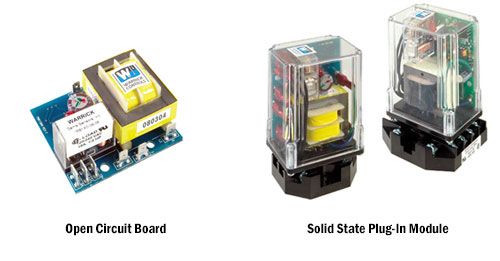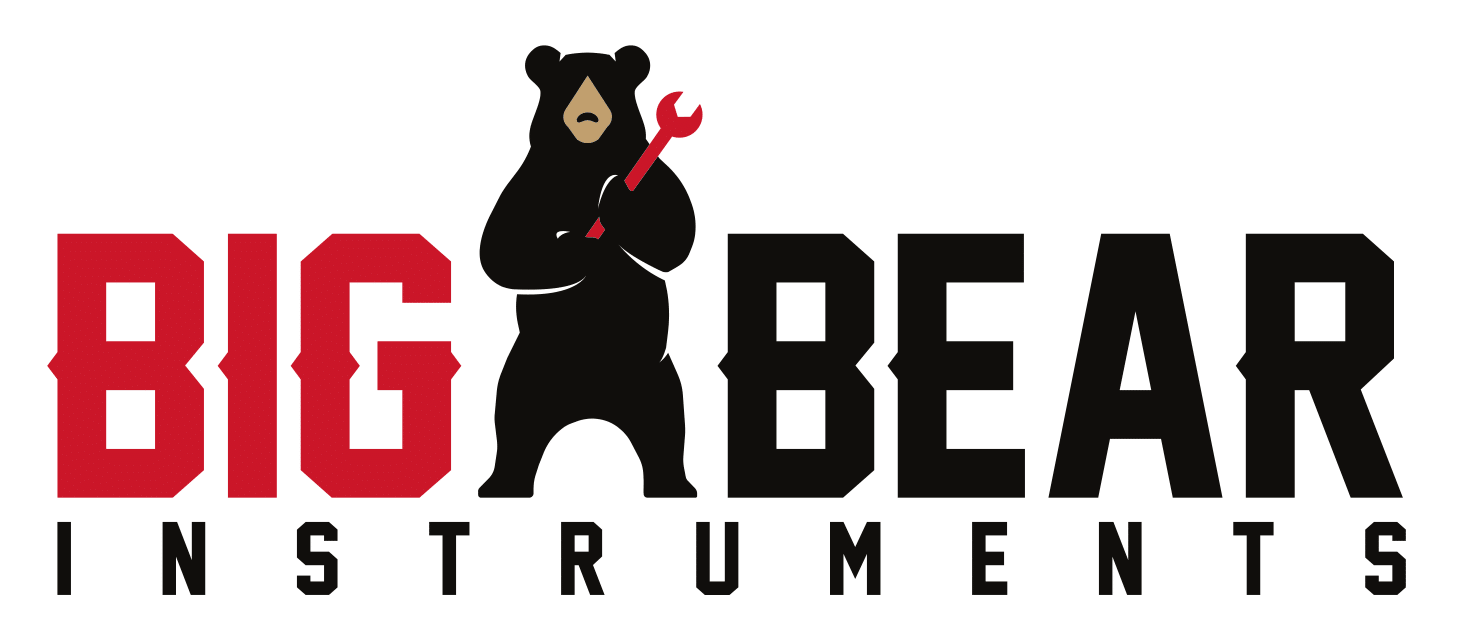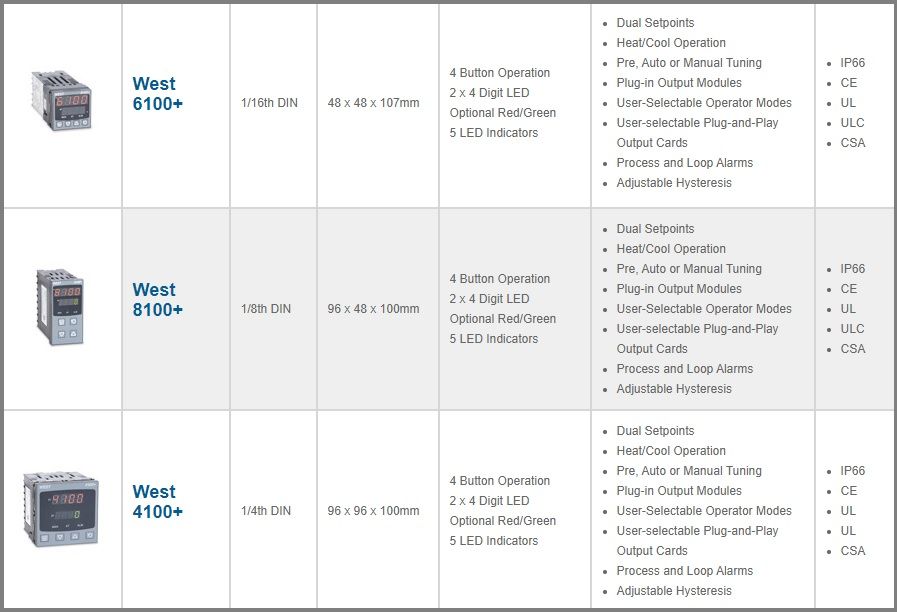Choosing the right liquid level controller for your application can be a difficult task. If you're looking for something reliable and compact in size, you might benefit from the Warrick Controls Series 16 Modules manufactured by Gems Sensors & Controls. Available in many options and configurations, these solid state plug-in modules are engineered for general purpose single-level or differential liquid level control. We like the Series 16M controls because they combine the reliability of solid state electronics (like Warrick’s Series 16 & 16D Open Circuit Board Controls) with the convenience of a plug-in module design. Here's a good visual of the 16 Open Circuit Board vs. the Solid State Plug-In Module:
While choosing a liquid level controller may be difficult, we think Gems does a great job breaking down the different Series 16 Modules available as well as highlighting some key features on their website. What's great about these plug-in modules are that they come compact in size, offer various time delays, provide a low voltage sensor with solid-state reliability, and feature LED monitoring. Looking for more? Here is an additional breakdown of the four main Series 16 Modules offered:
Series 16M – General Purpose
Designed for either differential or single-level service, Warrick Controls Series 16M is a general purpose U.L. “Motor Controller” listing. Its 8-pin socket with screw-type connections make the unit easy to install and service. It features a sensitivity of up to 1 million ohm/cm.
Series 16DM – DPDT Load Contact
Warrick Controls Series 16DM is similar to Series 16M but with DPDT load contacts. This feature eliminates the need for slave relays. It comes equipped with 11 pin octal plugs and requires little panel space. Much like the 16M, the Series 16DM is best for general purpose single-level or differential applications.
Series 16HM – High Sensitivity
Warrick’s Series 16HM also shares many similarities with the Series 16M. One feature that sets it apart from the 16M is its higher sensitivity of up to 5.5 million ohm/cm. Its probe voltage is 12 VDC and is considered most suitable for applications with low conductive media.
Series 16VM – Field Selectable Sensitivity
Warrick Controls Series 16VM offers many of the same features as the Series 16M but with the added flexibility of field adjustable sensitivity. This feature is made possible through external set point resistors. The Series 16VM uses an 11 pin octal socket and similar to the other units in this series, comes U.L. listed.
As you can see, there is quite a bit to choose from when selecting the best module for your application. For a full list of specifications, we recommend checking out the Series 16M, 16HM, 16DM, and 16VM Data Sheet. If you need assistance in choosing the best option for you, contact us. We have an eager team of technical specialists that would be glad to help!



 PROCESS CONTROL & MEASUREMENT SOLUTION EXPERTS
PROCESS CONTROL & MEASUREMENT SOLUTION EXPERTS